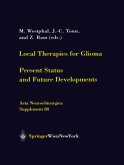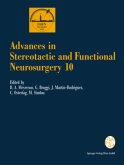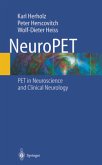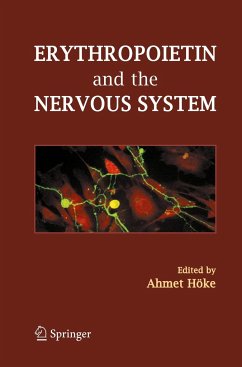Since Bailey and Cushing (1926), all brain tumor classifications have been called histogenetic. The nosographic position that the tumor types progressively acquired in the classification systems derived from the resemblance of tumor cells to those of the cytogenesis, modified whenever new information became available from different biological research fields and especially from molecular genetics. Classically, on the basis of the rough correspondence between the mature/immature aspect of tumor cells and the benign/malignant biological behavior of the tumors, the histological labels contained a prognostic significance. The supposed origin of the tumors was thus a factor for prognosis. Later on, with the concept of anaplasia (Cox, 1933; Kernohan et al., 1949) new criteria were introduced for establishing the malignancy grades of tumors. Immunohistochemistry and later molecular genetics further refined the prognostic diagnoses, substantially increasing the opportunities to recognizethe cell origin of tumors, beside revealing the pathogenetic mechanisms. Prognoses became more accurate, as required by the greater and more targeted possibilities of therapy.
From the reviews of the first edition:
"This comprehensive book by David Schiffer addresses current problems of brain tumour diagnosis that are relevant for neuropathologists, neurosurgeons, radiotherapists and neurooncologists. ... The whole publication contains a lot of histopathological figures, including various immunohistochemical staining examples. ... we believe that this is a nice and well-written book that might be of interest to anybody treating gliomas and meningiomas." (Ulrich Sure and Axel Pagenstecher, Neurosurgical Review, Vol. 30, 2007)
"This monograph by an accomplished neuropathologist is centered largely on contemporary difficulties encountered in the histopathologic diagnosis of brain tumors. ... This readable monograph is highly recommended to surgical pathologists. ... discussions on glioneurogenesis, molecular genetics, growth factors, stem cells, and intracellular signaling mechanisms involved in the neoplastic process, along with extensive bibliographic annotations, should be of great interest and value to students of neuro-oncology." (American Journal of Neuroradiology, Vol. 28, October, 2007)
"This comprehensive book by David Schiffer addresses current problems of brain tumour diagnosis that are relevant for neuropathologists, neurosurgeons, radiotherapists and neurooncologists. ... The whole publication contains a lot of histopathological figures, including various immunohistochemical staining examples. ... we believe that this is a nice and well-written book that might be of interest to anybody treating gliomas and meningiomas." (Ulrich Sure and Axel Pagenstecher, Neurosurgical Review, Vol. 30, 2007)
"This monograph by an accomplished neuropathologist is centered largely on contemporary difficulties encountered in the histopathologic diagnosis of brain tumors. ... This readable monograph is highly recommended to surgical pathologists. ... discussions on glioneurogenesis, molecular genetics, growth factors, stem cells, and intracellular signaling mechanisms involved in the neoplastic process, along with extensive bibliographic annotations, should be of great interest and value to students of neuro-oncology." (American Journal of Neuroradiology, Vol. 28, October, 2007)








